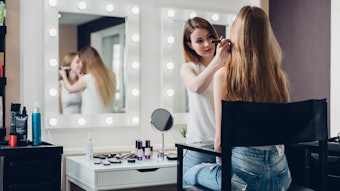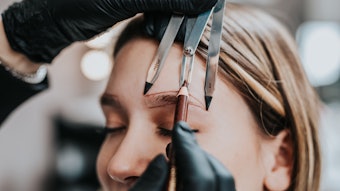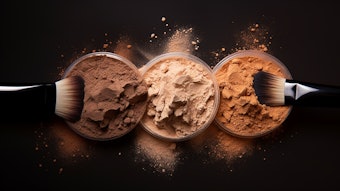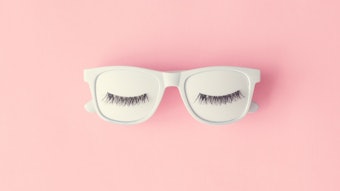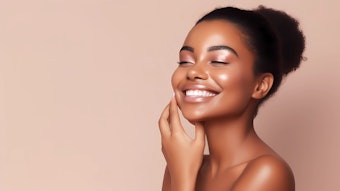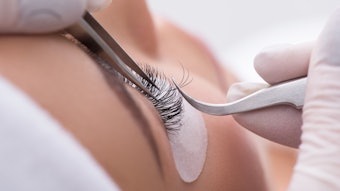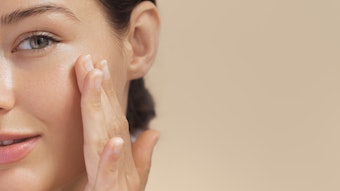
More than half of 33 brand-name lipsticks tested (61%) contained detectable levels of lead, with levels ranging from 0.03 to 0.65 parts per million (ppm). None of these lipsticks listed lead as an ingredient.
One-third of the tested lipsticks exceeded the U.S. Food and Drug Administration’s 0.1 ppm limit for lead in candy – a standard established to protect children from directly ingesting lead. Lipstick products, like candy, are directly ingested into the body.
The good news: 39% of lipsticks tested had no detectable levels of lead, and cost doesn’t seem to be a factor.
Among the top brands testing positive for lead were:
-L’Oreal Colour Riche “True Red” – 0.65 ppm
-L’Oreal Colour Riche “Classic Wine” – 0.58 ppm
-Cover Girl Incredifull Lipcolor “Maximum Red” – 0.56 ppm
-Dior Addict “Positive Red” – 0.21 ppm
Lead is a proven neurotoxin that can cause learning, language and behavioral problems such as lowered IQ, reduced school performance and increased aggression. Pregnant women and young children are particularly vulnerable to lead exposure. Lead easily crosses the placenta and enters the fetal brain where it can interfere with normal development. Lead has also been linked to infertility and miscarriage.
The Campaign for Safe Cosmetics is calling on the industry to reformulate products to remove lead, to require suppliers to guarantee that raw materials are free of lead and other contaminants.
The Cosmetic, Toiletry and Fragrance Association (CTFA) has responded to the Campaign for Safe Cosmetics claim.
In its response, the CTFA maintains that lead is not intentionally added to cosmetics, but rather is naturally occurring element that is found everywhere in the environment. According to the association, consumers are exposed lead in every day activities, and lead exposure from cosmetics pales in comparison to lead exposure in food, water and the environment.
“The U.S. Food and Drug Administration (FDA) has set daily safe levels for lead exposure for adults, children and pregnant women. The agency also has set strict limits for lead levels allowed in the colors used in lipsticks, and actually analyze most of these to ensure they are followed. The products identified in the Campaign for Safe Cosmetics (CSC) report meet these standards. In fact, all the products tested in the CSC report meet the California standards for safety established under their Prop 65 process," said John Bailey, EVP for science for the CTFA in the associations response.
Bailey continues, “Despite the negligible levels of lead found in some lipsticks, cosmetic companies are committed to reducing that level even further. For decades, cosmetic companies have worked to minimize all product contamination, including lead. They actively and continually review all raw materials to ensure that they contain the lowest levels of impurities possible. Cosmetic companies have some of the world’s leading chemists, toxicologists, and biologists to evaluate all the safety information.” To view the CTFA's response, visit www.ctfa.org.

